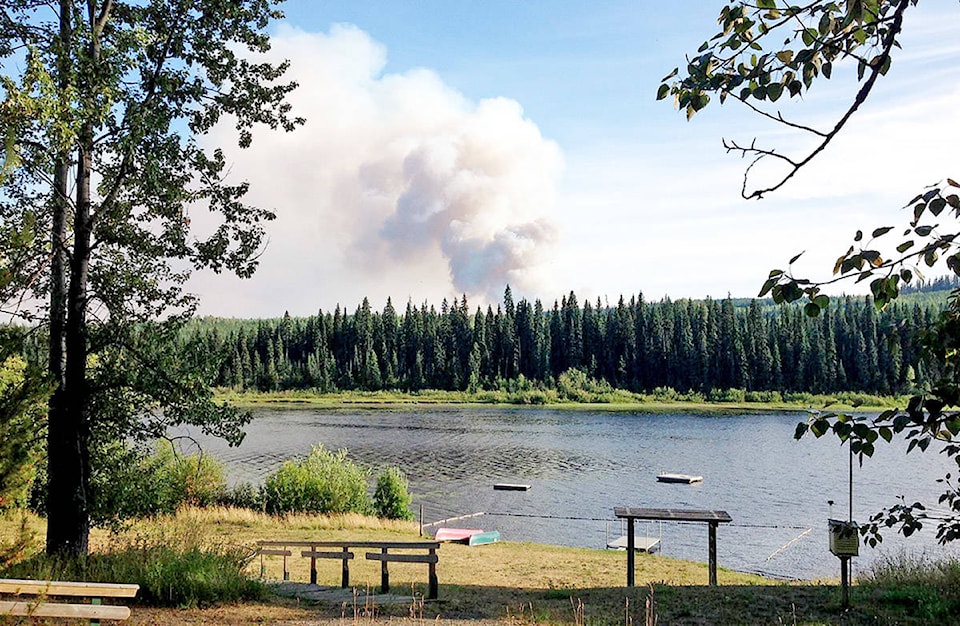Jenny Howell
Special to the Tribune/Advisor
The leaves are turning, school is back, Halloween candy is in the stores (somehow the new normal), the air has cleared. It’s fall, many people’s favourite season, and fast becoming mine if climate change predictions continue to be accurate and much of July and August become ‘smoke’ instead of ‘summer.’
September also feels like the natural start of the year for a large proportion of the population whose lives revolve in some way around schools and kids.
At Gavin Lake, we are busy gearing up for the hundreds of kids, teachers and parents that will come through for the free Grade 6 program during the fall months. This year I will be teaching a module on ‘Species at Risk.’ It is one I have taught many times before, so I pulled it out to refresh and update it or maybe revise it completely. However after opening the slightly tattered blue bin containing all the notes, materials and miscellaneous skulls, I couldn’t find much to improve upon. The essence of this module is that all species are interconnected and that habitat loss is the largest threat to the health and viability of both animal and plant populations.
As numbers of one species go up or down, there are multiple and possibly far reaching impacts on other species within the same ecosystem. This is a simple message, but essential to a real understanding of everything about the world. As humans, at the top of food chains, we are also a species dependent on the well-being of the species around us. For our own survival, we need a world with pollinating insects, earthworms improving our soil and trees, and algae producing oxygen.
I started to consider what has changed in our region since I last taught this three years ago and what this particular cohort of Grade 6’s could relate to. Every bus coming to Gavin will be passing large areas of burned forest and every child in our school districts is all too familiar with the personal impacts of forest fires.
Read More: Back to normal at Gavin Lake Camp couldn’t feel better
They may understand habitat loss in a whole different way, now that many have dealt with evacuation and the fear of perhaps losing a home. By mid-century, apparently climate change will be the fastest-growing cause of species loss in the Americas. Some of this will be because the habitat itself changes as areas become too hot or dry for survival, or food and water supplies will become threatened. There is also the direct link to habitat loss with the increased incidences and scale of forest fires, flooding, increased severity of storms and other natural disasters.
So I will keep this module much as it is, but I feel this year that there may be a few more lightbulb moments as kids ‘get it.’ Food, shelter and clean water are essential to survival, no matter whether you are a spotted bat, a fisher or a Grade 6 kid.
Conservation tip of the month: Consider taking the winter to research a “pollinator-friendly” garden for your spring planting.
Jenny Howell is the executive director of the Cariboo Chilcotin Conservation Society.
